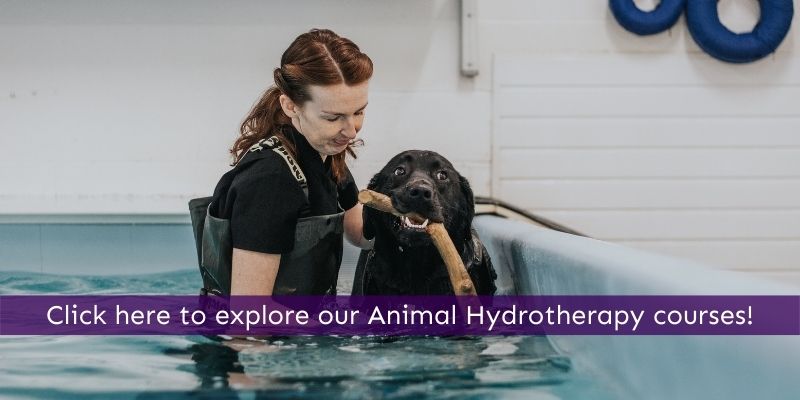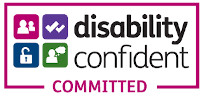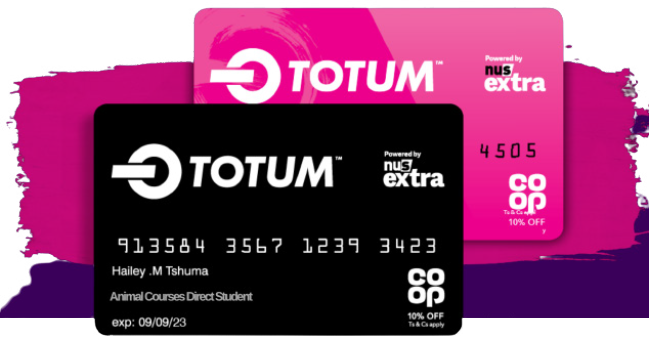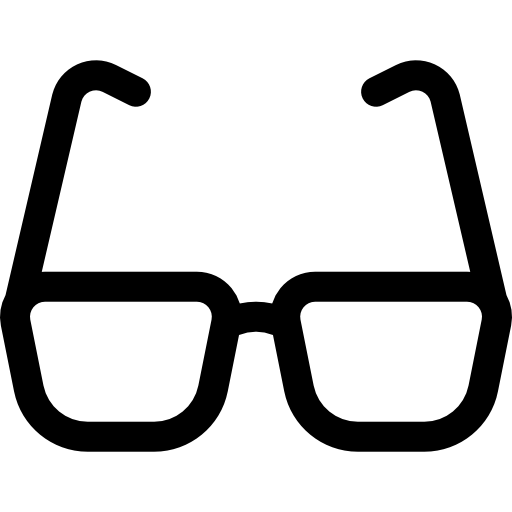Animal hydrotherapy is an excellent way for animals like our beloved dogs to boost their health in numerous ways. As an Animal Hydrotherapist, many of the animals you treat will be there to recover post-op, lose weight, or ease conditions like arthritis. Though some, like puppies, will be there for a fun method of exercise that helps build their confidence.
For these reasons and more, being an Animal Hydrotherapist is a highly fun and rewarding job, but what exactly does an Animal Hydrotherapist do? To help, we’ve taken a look at a day in the life of an Animal Hydrotherapist, so you can explore this role and see if it’s the right animal job for you.
Get Paperwork Organised
In animal hydrotherapy, your day starts with the setting up and organising of the hydrotherapy centre. You arrive early to ensure you have enough time to tick off the must-do activities before you open the doors to your furry clients.
This typically starts with the organisation of any paperwork relating to clients you will see that day. This helps you familiarise yourself with the treatment plans they are on, ready yourself for animals with handling concerns, and know who to expect and when.
All your clients come to you on the back of a veterinary referral, so there will be ample documentation for you to go on, and you’ll report back to the vet as they progress through their treatment.
Health and Safety Checks
The next step on the morning’s to-do list is performing health and safety checks on the equipment, pool and general centre areas clients use. As a wet environment, it’s vital you make sure you, the animal patients and their caregivers are all safe from harm.
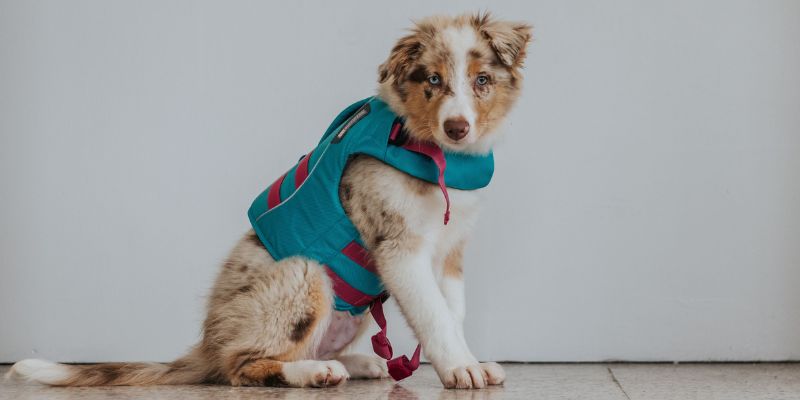
Ready the Pool
As an Animal Hydrotherapist, your main tool of the trade is your pool, so you need to make sure it’s primed and ready for the day’s activities.
Generally, you need to:
-
Top up the water level
-
Check the chlorine levels
-
Clean the filters
-
Vacuum the pool
-
Check the temperature is correct
Meet and Greet the Client
Animal hydrotherapy training is beneficial for all kinds of animals looking to achieve all manner of goals. As such, you could be working with an animal overcoming or learning to live with a serious medical condition, or it could be a puppy experiencing its first swim!
When the client arrives, you need to set time aside to do a fact-finding mission with their caregiver. You will no doubt have a lot of information from the vet, but it’s vital you get a rundown of the animal’s general condition and health, especially if it’s their first session with you.
It’s also equally as important to catch up with regular visitors to see how their animal’s fitness and health are improving as a result of your sessions.
Assess the Client
Once you’ve got the information you need from the animal’s care provider, you need to do an assessment of the animal yourself. This allows you to make sure there is nothing wrong with the animal or their condition hasn’t deteriorated since their last visit. It will also help you understand what that animal will be capable of in the pool on that day.
For the assessment you will perform checks on:
-
Resting heart rate
-
Capillary refill time
-
The animal’s general condition
Prep the Client
After you have assessed your furry client and are happy with what you have observed, it’s time to get them ready for their swim! As an Animal Hydrotherapist, you are required to shower the animal before fitting them into a float coat.
Showering the animals is an essential step in the Animal Hydrotherapist responsibilities. This is because it warms up their muscles and helps remove any dirt from their paws or coat so that the pool itself remains as clean as possible.
Following this, you will help the animal into their life jacket and either lift them into the pool by hand or use a mechanised hoist to lift and lower heavier animals gently into the water.
The buoyancy jacket is not only a safety measure, but it also makes manoeuvring dogs and other animals in the water much easier.
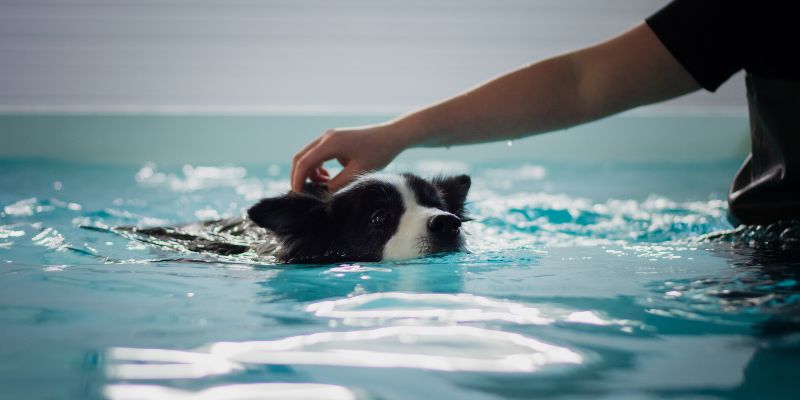
The Swimming Session
Now for the fun part! For most of your clients, swimming in the pool will be an enjoyable experience, so it’s a great chance to have fun with each as you encourage their movement. You will use a variety of toys too to play games with the animals where they fetch and retrieve and get their whole body moving in a way that is gentle on their joints.
For others who are less mobile and in pain, you will take things slower and encourage smaller, tender movements. No matter if your animal client is fit and feisty or old or frail, you will keep a watchful eye on each of them, to ensure they are safe and doing only the required amount of exercise they need.
This part of the job requires patience, as your client may only be able to manage 30 seconds or so of exercise at a time. As they get fitter, your sessions will be more ambitious and for the fittest clients, you can incorporate water jets to up the ante.
Depending on the animal and its needs, you may be in or out of the pool during these sessions.
Once the session is over, you will:
-
Shower the client again
-
Dry them
-
Complete any paperwork
-
Get ready to greet the next client
Post Treatment Administration
Following each animal client’s treatment, as an Animal Hydrotherapist, you need to document their progress and maintain accurate medical records that can be fed back to the vet. You will often find yourself on the phone with the vet too to discuss treatment plans, and how you can assist new cases they have for you.
This administration period is also a good time to raise any concerns you have about things that have cropped up in your sessions that could need the vet's attention. Following each session, you will also need to check the chemical levels in the pool to be sure the balance is perfect.
The Clean Down
By the time the day is done, you will have your fair share of cleaning to do! The combination of a wet environment and fur can leave quite a mess behind. So, in addition to mopping up quickly between clients, you will need to do a big clean at the end of the day, check the pool filters and get everything prepared for the day ahead.
Become an Animal Hydrotherapist
If you like the sound of helping animals back to a state of good health and fitness through water-based therapy, you can study online courses to help you get qualified. Animal Courses Direct offer numerous animal hydrotherapy training programmes that you can complete from home, that also offer a period of work experience to develop essential hands-on skills.
From a Level 3 Diploma in Small Animal Hydrotherapy to a Level 6 course that combines hydrotherapy training with veterinary physiotherapy, we have courses for learners with all types of ambitions.
Find out more about how our online animal hydrotherapy courses can help you achieve your career goals by calling our Course Advisors today on 01202 006 040 or contact them online. Alternatively, click below to browse our fantastic range of animal hydrotherapy courses in more detail!
Also, if you adore animals, you can keep track of all upcoming animal awareness days and events with our FREE calendar! Download it here.
